One of the displays in the San Bernardino County Museum in Redlands, California, is entitled Sacred Earth and subtitled Understanding our past and honoring cultures that thrive today. One section of this display looks at some of the technological changes from 8,000 years ago until 3,000 years ago and from 3,000 years ago until 1,000 years ago.
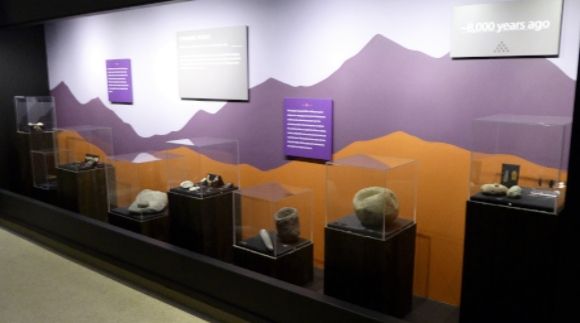
According to the Museum display:
“Technologies changed 8000 to 3000 years ago in response to a changing environment. Tools became small as prey animals decreased in size. The increasing number of processing tools is evidence for a growing reliance on gathering. Manos, metates, mortars, and pestles were used to process seeds and nuts, like acorns. These ground-stone tools were too heavy for highly mobile people and contributed to the reduction of tribal movement.”
According to the Museum display:
“Archaeological sites dated to 3,000 to 1,000 years ago contain a variety of artifacts that indicate increased outside influences. Beads, shell, and fishhooks found in the desert indicate a growing coastal-desert interaction. Archaeologists have also found some examples of southwestern pottery at sites around the country, suggesting there was knowledge of distant cultures.”
Shown below are some of the artifacts displayed in association with this time period.
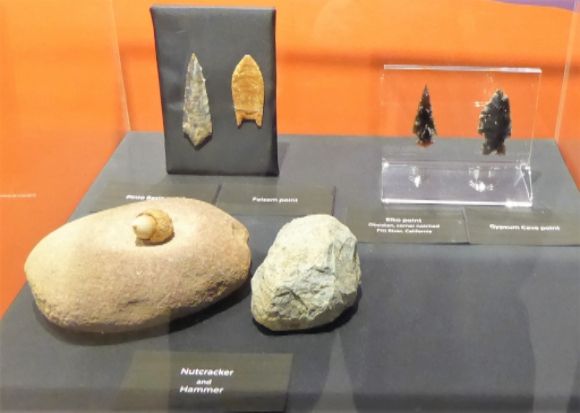 Shown above are some stone artifacts including a nut cracker.
Shown above are some stone artifacts including a nut cracker.
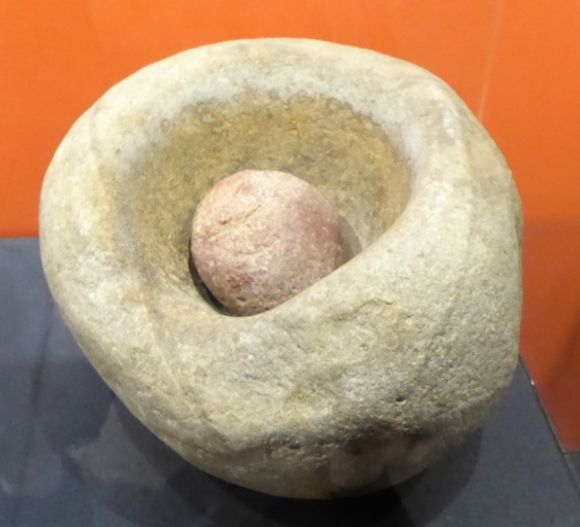 Shown above is a mano and mortar which was used in grinding seeds and nuts in order to make flour.
Shown above is a mano and mortar which was used in grinding seeds and nuts in order to make flour.
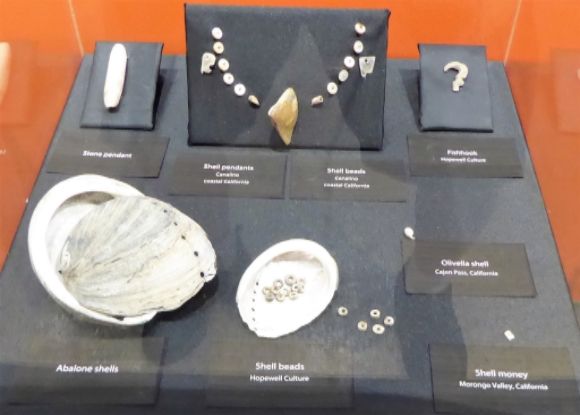
 Shown above are shell beads associated with the Hopewell culture of the Northeastern Woodlands.
Shown above are shell beads associated with the Hopewell culture of the Northeastern Woodlands.
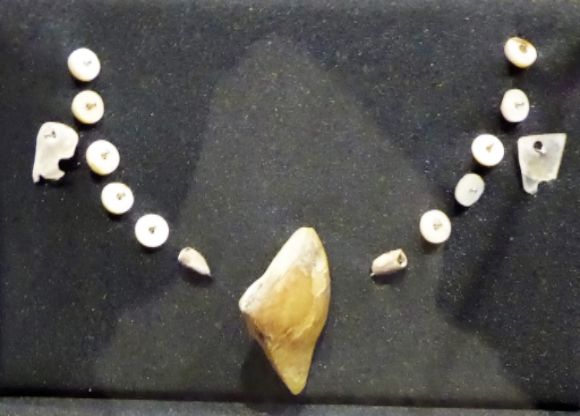 Shown above are shell beads and pendants from the Canalino culture of coastal California.
Shown above are shell beads and pendants from the Canalino culture of coastal California.
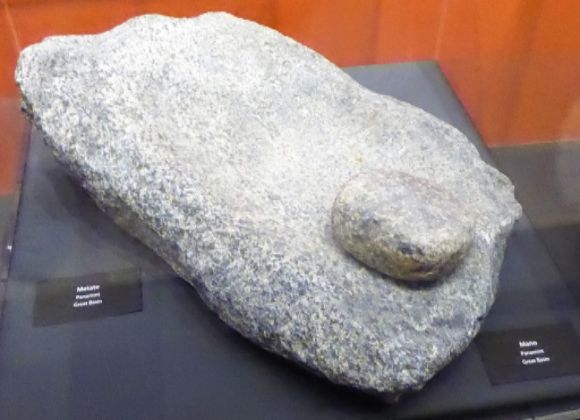 Shown above is a mano and metate.
Shown above is a mano and metate.
 Shown above is Southwestern pottery found at Cronese Lake. The pottery is classified as Hopi and Anasazi from Arizona and New Mexico.
Shown above is Southwestern pottery found at Cronese Lake. The pottery is classified as Hopi and Anasazi from Arizona and New Mexico.
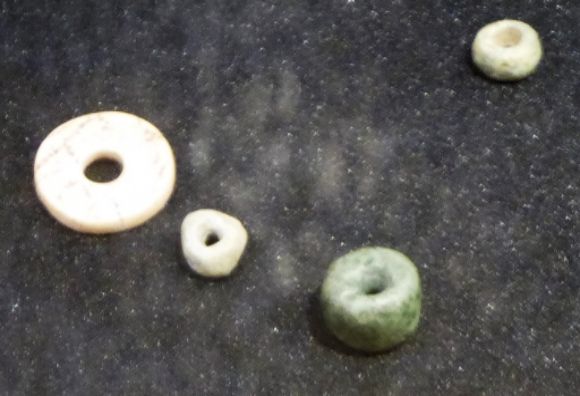 Shown above are some Hohokam beads from Arizona.
Shown above are some Hohokam beads from Arizona.
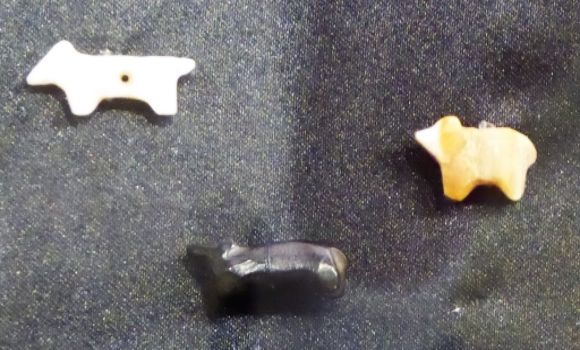 Shown above are some Zuni animal fetishes from New Mexico.
Shown above are some Zuni animal fetishes from New Mexico.
 Shown above are some arrows from Newberry Cave.
Shown above are some arrows from Newberry Cave.
 Shown above is the San Bernardino County Museum
Shown above is the San Bernardino County Museum


